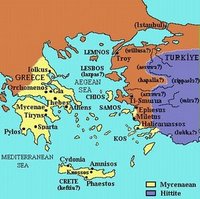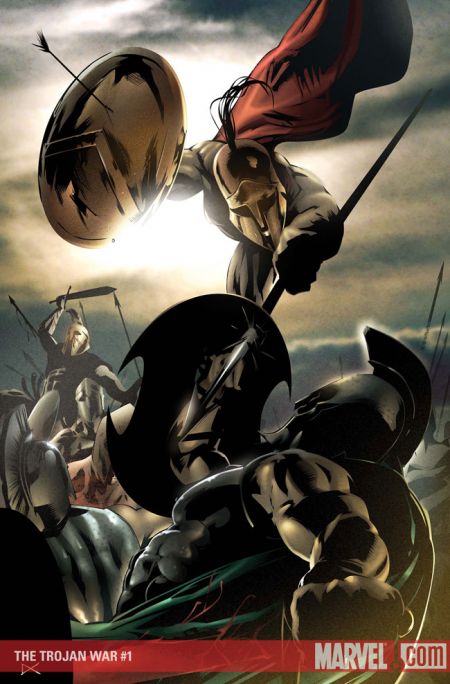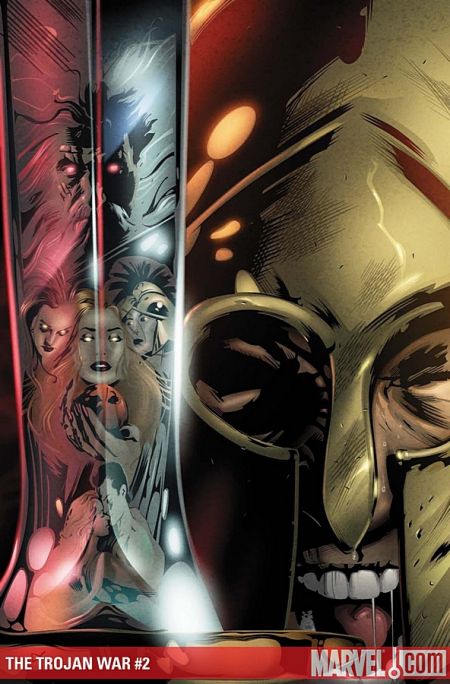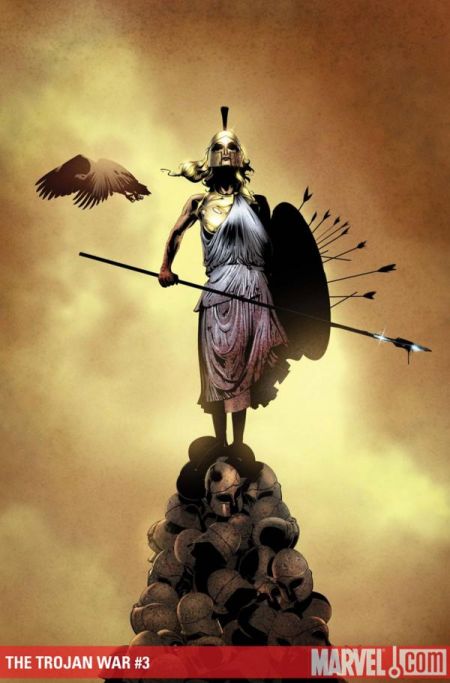- Comics
- Comics Reviews
- Manga
- Comics Reviews
- European Comics
- News
- Comics News
- Press Releases
- Columns
- Spotlight
- Digital Comics
- Webcomics
- Cult Favorite
- Back Issues
- Webcomics
- Movies
- Toys
- Store
- More
- About
By Andy Frisk
May 13, 2009 - 17:57
Homer’s Iliad and Odyssey are the two proper epics of the classical world that most fully comprise the majority of the knowledge available about the fabled, but in some historic form true, story of the destruction of


Most people and avid readers alike are familiar with at least some aspect of the legendary story of The Trojan War, if limited only to the story of the Trojan Horse. If not familiar with the war through the tale of the Trojan Horse, which comprises but a small part of the epic story of the Fall of Troy, many are familiar with the Trojan War through the major motion picture Troy (2004) which was, despite what many critics said, a well acted, filmed, and thought out take on what could have been the most likely, real historical and political actions, and ambitions that may have caused the fabled war between the Greek city-states and Troy.

Thomas starts his epic with a conversation between Zeus and Themis (“the goddess who was justice incarnate”) where Zeus laments the oppression of the “deep bosomed Earth” by the “countless tribes of Man,” and therefore decides, with Themis’ help to “cause a great struggle in
Referring to Trojan War as an epic is a fallacy, as Thomas’ take on these scattered and fragmented classic epics does not start in the middle of the action, “medias res,” if you will, which is a defining characteristic of the epic, but lays out the plot in a linear and regrettably, straightforward way with little artistic interpretation. Granted, Thomas is telling the story chronologically using the Epic Cycle as his guide, but with his considerable authorial skills, he really could have created a new graphic novel epic. Imagine him begining with the landing of the Greeks on the shores of

This narrative defect though is the only issue that can be pointed out as a negative to this otherwise excellent first issue of the mini-series. While straightforward, the plot is quite meticulously detailed, and all characters, god, goddess or mere mortal are accurately named. The art conveys period dress and architecture as accurately as our knowledge of Ancient Greece and the
Overall, idealized is perhaps the best way to sum up issue #1 of Trojan War and what looks to be more of the same from issues 2 through 5 of the mini-series. Trojan War is the idealization of the Epic Cycle, which covers the events of before, after and during the war. Thomas has taken all of these fragmentary tales, and along with the Iliad and Odyssey, has created the ideal graphic novelization of this grand tale. With Sepulveda’s pencils giving the reader beautifully idealized images of the human form, architecture and dress of this time period, Trojan War is a work that will most likely stand its own test of time.
Rating: 9 /10